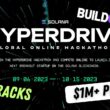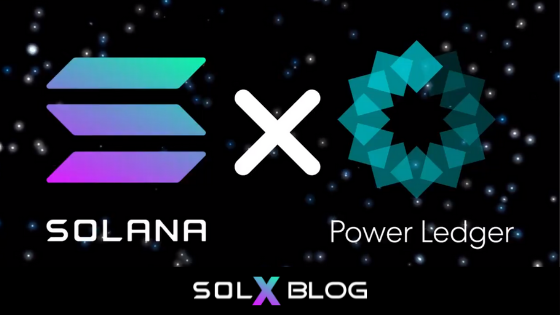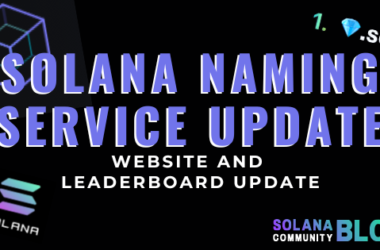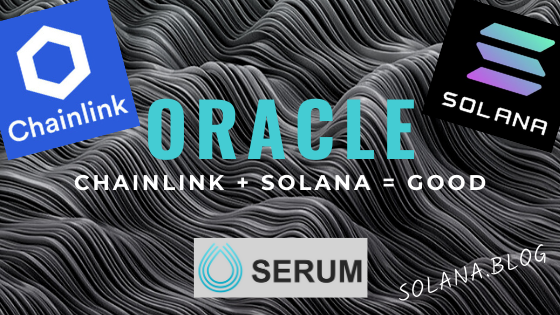On 12th July 2021, Power Ledger announced they will be migrating their Powerledger Energy Blockchain from Ethereum to a Solana-based blockchain. It is great to see an Australian company, who facilitates energy trading on the blockchain platform scaling up. With the need to move to high speed blockchain technology to enable power meter data integration with energy trading, a new solution was needed. There migration will be happening in the new ‘few months’ so we have time to dig into this announcement and see where this is heading.

What is Power Ledger?
Power Ledger is a blockchain based platform that enables the tracking and trading of energy, flexible trading of Peer-2-Peer (P2P) energy and environmental commodity trading. To see a list of their products check out their official website. Let’s do a quick overview of all of their products to appreciate the scale and the sheer amount of data their platform processes and their need to move to a faster technology stack.
Energy Trading and Traceability
- xGrid – xGrid lets your customers sell energy from their solar panels to other energy consumers connected to the same electricity grid. From generation to consumption it manages the settlement of the energy transaction between the two parties, allowing for dynamic price-discovery in down to five minute intervals.
- µGrid – µGrid enables energy trading within microgrids. µGrid can be used in shopping centers, apartment complexes, office buildings and retirement villages. If you live in an apartment building or manage and develop properties for a living, getting everyone comfortable that the system will calculate everything fairly could be a challenge.
- Vision – Energy consumers are increasingly interested in using a specific type of clean energy, like solar, wind or green hydrogen. This means transparency is crucial and so too is verifying the provenance of green energy as it moves through the network.
- PPA Vision – PPA Vision provides greater visibility in a Power Purchase Agreement (PPA) for energy sold to commercial customers. This is available for transactions across the grid as well as within an embedded network microgrid.
- PPA Exchange – Renewable energy trading through one-off Requests for Proposals (RFPs) or bilateral Power Purchase Agreements (PPAs) are time-consuming and imperfect tools. They can be labour intensive and require plenty of back office support. Luckily, there’s a better way.
Flexibility Trading
- MODE VPP – A Virtual Power Plant (VPP) is a virtual network of battery storage systems, connected through cloud-based software that manages the flow of clean electricity to maximise a customer’s revenue. This could be a residential customer, commercial or an industrial one.
- MODE Flex – MODE, or Marketplace for Optimization of Distributed Energy, is a marketplace which enables Distributed Energy Resource (DER) owners and flexible loads to provide grid services. Because grid services are high value it’s a good way to generate income from assets like batteries.
Environment Commodities Trading
- TraceX – TraceX is a digital marketplace for trading and settlement of environmental commodities such as Renewable Energy Certificates (RECs) and time-based environmental certificates (T-EACs).
Making the Move Later this Year
The Power Ledger platform is currently using two blockchains to deliver the above product offerings. One is the EcoChain Blockchain that runs on their Ethereum consortium chain, and the other is the Ethereum public chain.
The Powerledger Energy Blockchain will be Moving to a Permissioned Solana Chain
This big move will be happening “over the next few months” so there will be of time and communications from Power Ledger over this period. It is important to note, the ERC-20 POWR token will stay where it is.
Moving forward, our new Powerledger Energy Blockchain will run on a permissioned Solana-based blockchain and our ERC20 POWR tokens will still remain on the Ethereum public chain.
After many months of research and experimenting with alternative blockchain designs for our Powerledger Energy Blockchain, we decided on a Solana-based chain. While there were many contenders, each with their own merits, Solana offered the most advanced scalability solution currently available for our energy projects.
Power Ledger
Solana is fast and can provide Power Ledger with the requirements they need to scale up in the energy sector. With short block times of 400 milliseconds, fast throughput of more than 50,000 transactions per second and is less energy intensive than existing Proof-of-Work blockchains. Solana provides this utilizing Proof-of-History and Proof-of-Stake consensus mechanisms. Read more about how fast Solana can get at our following posts:
- Seriously… How Fast Can Solana Blockchain Get?
- Why Ethereum Projects That Need to Scale are Choosing Solana Blockchain
Check out the Solana Beach Dashboard to see real-time stats right now!

Some New Power Ledger Innovations Coming!
Delegated Staking Capabilities
We are also able to provide delegated staking for our POWR token holders, while keeping POWR on Ethereum. Staking with POWR on Ethereum will entitle validators to run nodes on our Solana-based Blockchain, for approved entities. For small POWR token holders, they will have the option to delegate their tokens to a stake pool. Staking rewards will come from Power Ledger’s treasury and fees in the future, if required.
Some basic criteria around who can apply as a validator include entities that are staking for more than one project, DRP implemented, with a minimum hardware requirement, a public web presence, transparency and entities that allow delegation. Our platform customers will also be encouraged to run nodes. We are still considering the criteria, and complete details will be provided once we finalise this application process and the rules for staking.
In choosing Solana for our Powerledger Blockchain, while leaving the POWR token on Ethereum, we are able to stay ahead of the curve providing the best of both worlds. Delegated staking for our POWR token holders, scalability with faster transactions for our energy trading applications, while maintaining the security provided for the POWR token on the Ethereum public blockchain were important factors.
Power Ledger
So What’s Next?
Migrating to the new Powerledger Blockchain will be happening once all the testing is complete. This is expected to take several months. Make sure you stay tuned to the Power Ledger media website and their twitter for more details!
See the Official Power Ledger press release here!
- Power Ledger launches next generation blockchain, moves away from Ethereum
- Solana Welcomes Power Ledger









